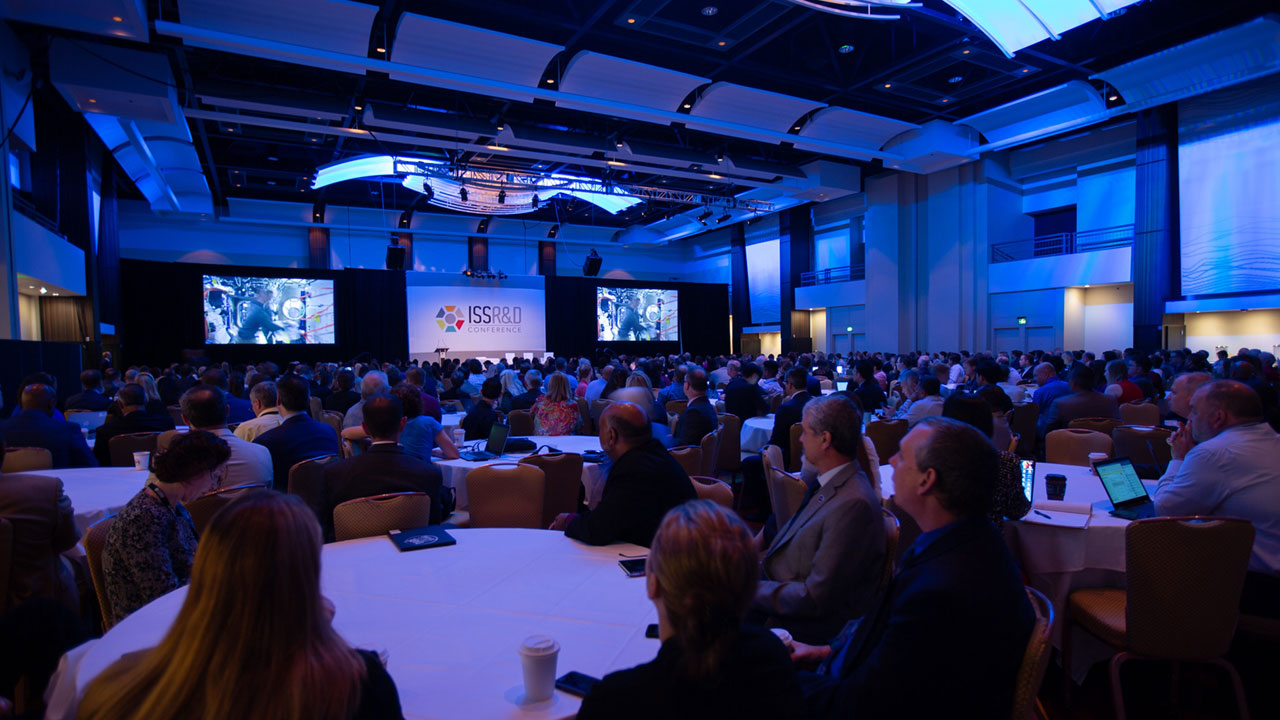The Additive Manufacturing in Space Workshop was recently hosted by the Center for the Advancement of Science in Space (CASIS), manager of the ISS National Lab, on July 28, 2020.
The virtual half-day event saw a plethora of industry, academic, and government experts discussing additive manufacturing in the microgravity of space, and its potential for the development of new advanced materials. The workshop also covered the challenges faced when printing on the ISS and any new opportunities that may arise as a result of leveraging near zero-gravity conditions.
The day kicked off with an opening main session which involved experts – including 3D Printing Industry’s Editor-in-Chief Michael Petch – presenting current trends, research, and challenges. Following the presentations, three individual breakout sessions focused on microgravity-specific materials and processes, in-situ resource utilization, and in-space production took place. During the sessions, workshop participants shared knowledge and discussed the most promising pathways to successful R&D and in-space manufacturing.

Main session presentations
The main session presentations aimed to provide a technical overview of the topic, touching on materials, hardware, standards development, and even the economics of microgravity 3D printing.
First up was none other than 3D Printing Industry’s Michael Petch, who ran through additive manufacturing trends in satellite manufacturing, rocket engine components and sensors, and the manufacturing of off-Earth landing systems and monitoring instruments. Petch stated that these application areas should be monitored and reevaluated on a rolling basis to help identify opportunities to conduct targeted 3D printing studies onboard the ISS.
Further presentations were delivered by representatives from America Makes, GE Additive, the University of Massachusetts-Lowell, and others. Some of the sub-topics discussed included large metal part production, UV’s degrading effects on material performance, and the extent to which in-situ resources can be economically converted to 3D printing feedstock.

The three breakout sessions
The first of the breakout sessions, Microgravity-Specific Materials, and Processes, looked to identify additive manufacturing materials and ISS-based studies that could advance microgravity 3D printing. Participants also aimed to explore ideas on how to leverage the microgravity conditions of space to achieve new material properties and microstructures.
Some of the key points discussed included the use of soft materials, low-viscosity inks, and fiber-reinforced polymers in ISS studies focused on developing materials with enhanced properties. Studies concerned with accurately measuring thermophysical properties should also be prioritized as they are integral to the modeling of additive manufacturing processes in space.
The second breakout session, In-Situ Resource Utilization, saw participants identifying key challenges and relevant solutions when it came to the conversion of in-situ resources, like rocks and minerals, to 3D printing materials.
Talks in this session determined that trialing recycled, onboard waste materials as feedstock would generate useful data for in-situ resource utilization on manned spacecraft. There is also currently a need for studies investigating the radiation resistance and cooling properties of parts 3D printed using lunar regolith-type materials. Additionally, there is a need to further explore the feasibility of resource conversion processes specifically in the confines of the ISS.
In the third and final breakout session, In-Space Production, participants were asked to discuss the road to full-blown 3D printing on the ISS and what is still needed to realize it, given the current capabilities of additive manufacturing.
To wrap things up, participants stated that due to the varying levels of gravity in different terrestrial systems, certain metal 3D printing processes like DED should utilize metal wires as feedstock. Without the need to worry about flow rates and lost granules, the microstructures and porosities of parts can be more closely controlled. It was also stated that industrial and academic partners should collaborate with NASA to develop standards and evaluation systems for parts 3D printed in space. The facilities onboard the ISS can be used to gather benchmark data via tests and ongoing refinements.

In light of the COVID-19 pandemic, many additive manufacturing events have gone exclusively online. Formnext, the 3D printing industry’s leading European trade show, recently announced that its 2020 event will be held entirely online from 10 – 13 November.
The 4th annual 3D Printing Industry Awards are coming up in November 2020 and we need a trophy. To be in with a chance of winning a brand new Craftbot Flow IDEX XL 3D printer, enter the MyMiniFactory trophy design competition here. We’re happy to accept submissions until the 30th of September 2020.
Subscribe to the 3D Printing Industry newsletter for the latest news in additive manufacturing. You can also stay connected by following us on Twitter and liking us on Facebook.
Looking for a career in additive manufacturing? Visit 3D Printing Jobs for a selection of roles in the industry.
Featured image shows an ISS National Lab event. Photo via ISS National Lab.



